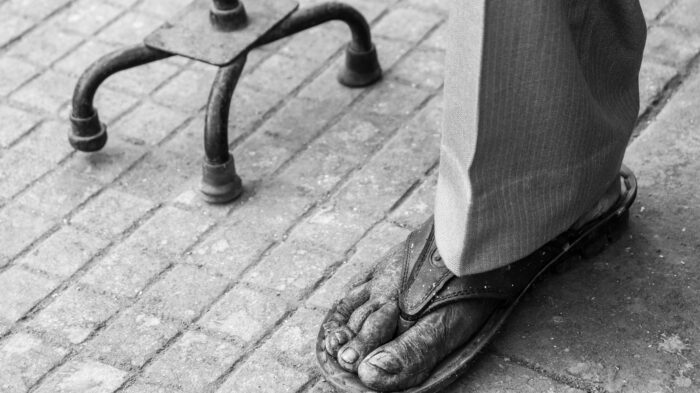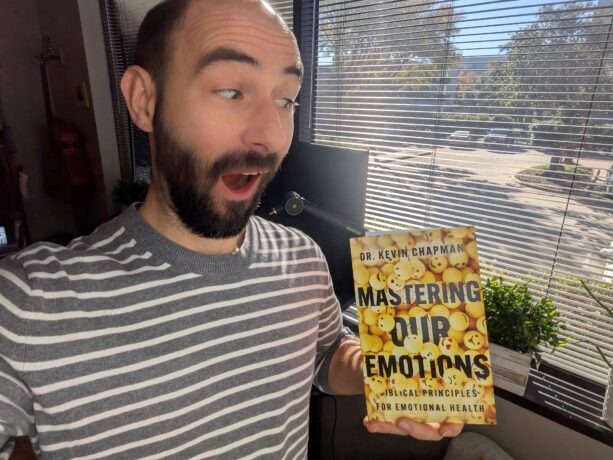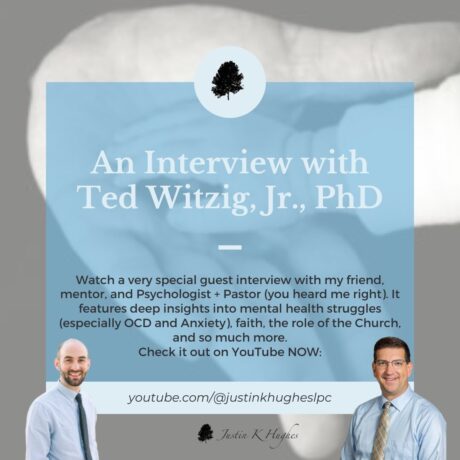
With most things we do in life that are healthy and good, sustainability requires the ability to stick with something over the long haul.
Health Requires Realism & Cutting Out Shame
Theoretically, with any one aspect of growth we might be able to figure it out ourselves, so we may think to ourselves, “I don’t need a trainer or tutor or therapist to help me do that.” In fact, it’s easy to place shame on ourselves that we should be better. But that’s not how we are built or how we function.
A key factor of many mental disorders is poor insight and unrealistic expectations. If you are basing any sort of growth or recovery on what you “should” be able to do (just eat better, go exercise more, talk to yourself less negatively) and that doesn’t fit the reality of how a person learns and grows, you’re setting yourself up for failure from the start.
Perfectionism
Take perfectionism. Or, in OCD, we often say ‘just right.’ Even if you don’t have OCD, have you experienced trying to make things perfect with a negative outcome?
- Running late because you’re putting that last hair/makeup/clothing item in place.
- Sending an email/text/message until it is “perfectly” crafted, and you end up taking three times as long.
- Doing something thoughtful and nice for your loved one, but you made it such a big task that you ended up doing nothing.
Whether you have a diagnosis or not, if you have lived years of your life strengthening these tendencies, neural pathways, memories, emotions, and environment to fit this narrative of things needing to be ‘just right,’ not to discourage you, but you will need an investment to change these behaviors- they won’t change overnight because you “willed them away.”
Exposure Therapy Sustainability
When utilizing the incredibly powerful treatment tool of Exposure Therapy (ET), we need to get rid of “perfect” attempts to do the therapy. Part of this is learning to be uncertain. There are no perfect exposures. There are certainly more effective ways to do exposure– this article wouldn’t even exist if that weren’t the case! But when we are trying to do something that is sustainable, we need to cut out the shame and unfeasible approaches to change.
There are certainly exceptions in the current research (One-Session Treatment (OST) of Phobias, Bergen model for OCD) that are promising with specific cases where very concentrated exposure therapy has the possibility to lead to durable, long-lasting outcomes. Yet this is certainly not the case across the board or for every person or disorder. While holding onto hope, let’s stay in the reality we are currently in- that reality is that learning to face fear is like doing a marathon- not just once, but many times and learning to actually find meaning and joy in the process. So we have to find ways where you can run this race- today- wherever you are, and increasingly engage with running it well, without ongoing “injury.”
Am I Supposed to Just Be Lazy and Give Up?
When I challenge pathological perfectionism in clients and tell them to be more realistic about their exposures (such as clients saying they “should” just be able to touch an item that feels very contaminated), the initial exclamation often goes like this: “So I’m supposed to just give up, then?” I’ll call this the front gate defense of pathological perfectionists. It’s a swing from one extreme to another- if I can’t do it perfectly, why try? When challenging perfectionism as problematic, it’s natural to want to protect it and fear what it’s like to live differently.
Don’t get me wrong- seeking excellence and having a high standard can be wonderful and help drive innovation, creativity, performance, and accomplishment. But that’s something different entirely. Pathological perfectionism gets in the way and causes disability.
Learning ‘Good’ and ‘Good Enough’
So if your perfectionism gets in the way of the positive outcomes you could experience in therapy, you will need to:
- Own it. Acknowledge the problem, but also the depth of the problem. Scuba diving in a lake is different from deep ocean. Get the support of someone who knows their stuff to walk with you.
- Find the resources and help that are strong enough to get where you need to go. If you need an oxygen tank to last 4 hours, this is different from a tank that lasts 30 min. Talking about your problems can help gain some insight to change. But if you need exposure therapy, it usually needs to go beyond that.
Being Realistic, Together
Join me in finding the “grey.” If part of your treatment requires that you do exposures (OCD, Social Anxiety, Phobias, and more), then you will need to learn a lifestyle of facing pathological fear and not giving into it with false safety behaviors. Many clients come to me and need help not because they don’t understand what exposures are or many of the techniques we employ. Clients often say a key thing I help with is keeping a client grounded and on track- being realistic with where they are and what they can handle.
The key question with long-term health: What can you do- and keep doing?
I don’t really care whether you can “beast mode” your way into one exposure. In fact, I often discourage people from doing it, especially if they’re not ready. You’ll “injure” yourself and your progress. I care about your long-term learning and recovery. So let’s have a plan that fits reality, and then work it together. Cheers to developing a healthy approach that’s sustainable!








Leave a Reply